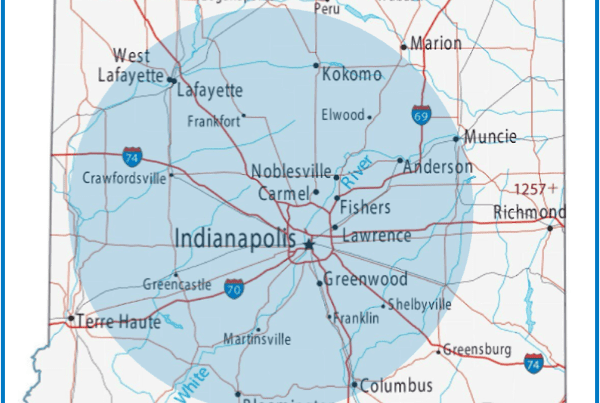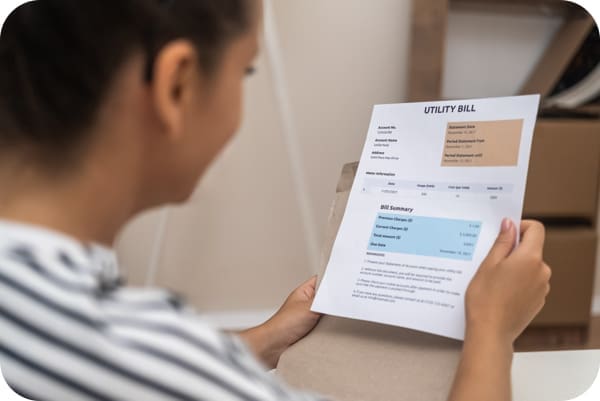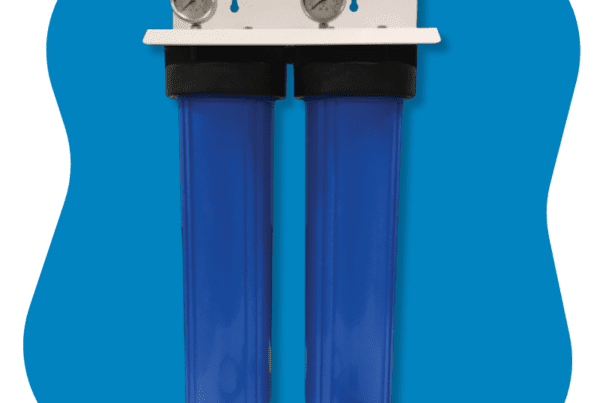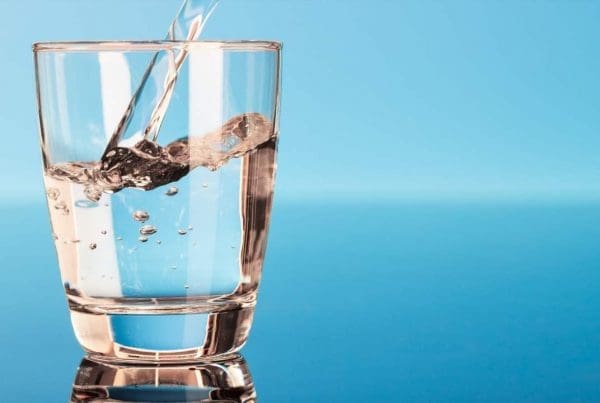4. Develop a Mindset of Preventative Maintenance
Make sure you don’t neglect preventative maintenance measures for your water treatment equipment.
 Water softeners regularly require salt to properly deionize and remove the hardness minerals. Depending on usage, they usually need 40-50 lbs a month. If you don’t have adequate salt in the brine tank, the softener will malfunction and won’t do much good. Also, if properly maintained, water softeners only need the media replaced every 7-10 years and dechlorinators every 7 years. Many owners of private water wells have a point-of-entry sediment filter. These filters need to be changed at least once a month, sometimes even as often as once a week. Forgetting to monitor and change a sediment filter will reduce water flow and quality while causing unnecessary wear and tear to other water treatment equipment you may have.
Water softeners regularly require salt to properly deionize and remove the hardness minerals. Depending on usage, they usually need 40-50 lbs a month. If you don’t have adequate salt in the brine tank, the softener will malfunction and won’t do much good. Also, if properly maintained, water softeners only need the media replaced every 7-10 years and dechlorinators every 7 years. Many owners of private water wells have a point-of-entry sediment filter. These filters need to be changed at least once a month, sometimes even as often as once a week. Forgetting to monitor and change a sediment filter will reduce water flow and quality while causing unnecessary wear and tear to other water treatment equipment you may have.
If you have a reverse osmosis drinking water system, it is recommended that you change the filters at least every year and the RO membrane at least every five years. Failing to change the filters and membrane drastically reduces the effectiveness of the RO system.
It is also important to change the bulb in your UV light bacteria removal system every year. UV lamps have a lifespan of approximately 9,000 hours. Calculated out, this means the lamp can operate for about 375 days before requiring a replacement. Since technically the lamp is good for about a year and a week, this does provide you with a little wiggle room in the event you forget to order a replacement lamp in time. However, it is always wise to keep an extra lamp on hand or set a reminder to order a new lamp a month before your old one expires. After the 9,000 hours, disinfection will no longer occur and you will no longer be protected from any microbiological unsafe content present in your water. After the UV lamp burns out, you are simply passing water through a tube of glass inside a pipe.
The good news is you can set up filters or bulbs for your equipment to be delivered automatically, whenever they are scheduled to be replaced, so you don’t have to worry about forgetting to order replacements.
Furthermore, private water well owners should also invest in preventative maintenance with a water well cleaning and a pressure tank replacement every
10 years. Yearly inspections are also recommended to make sure your well system components are functioning properly.
Quality Water Solutions for Central Indiana Residents
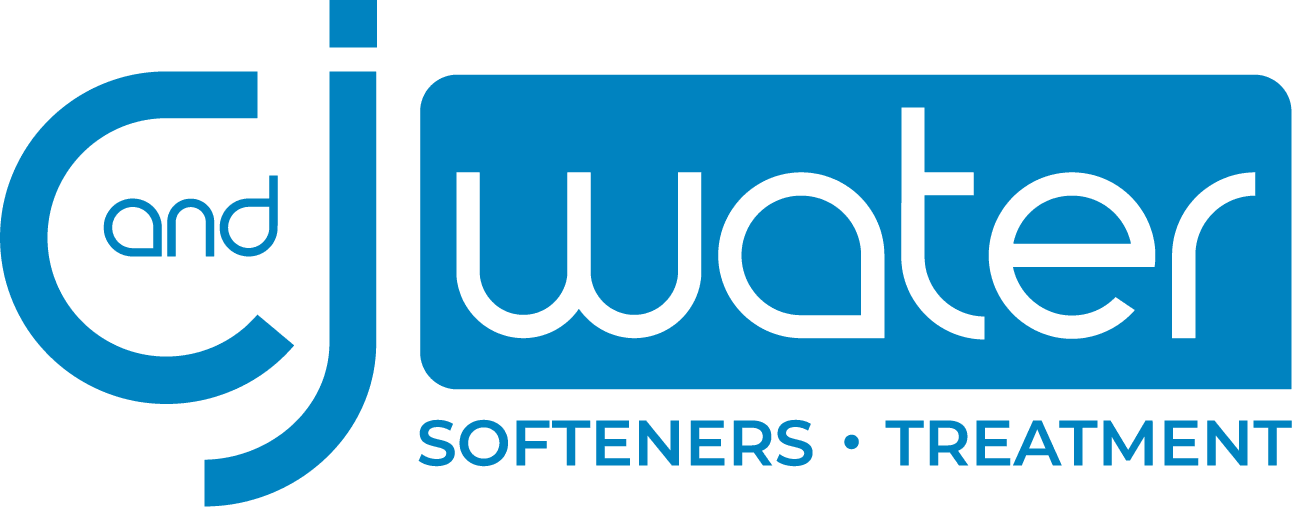


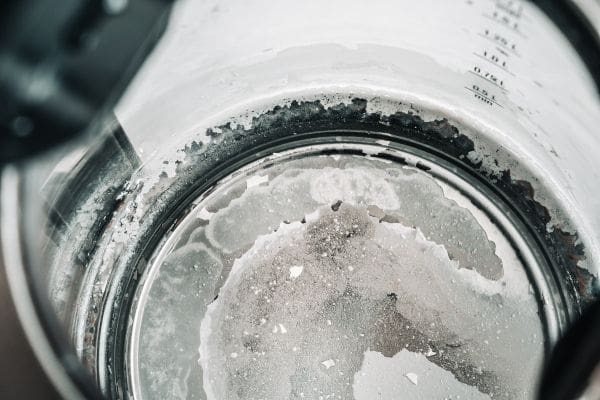
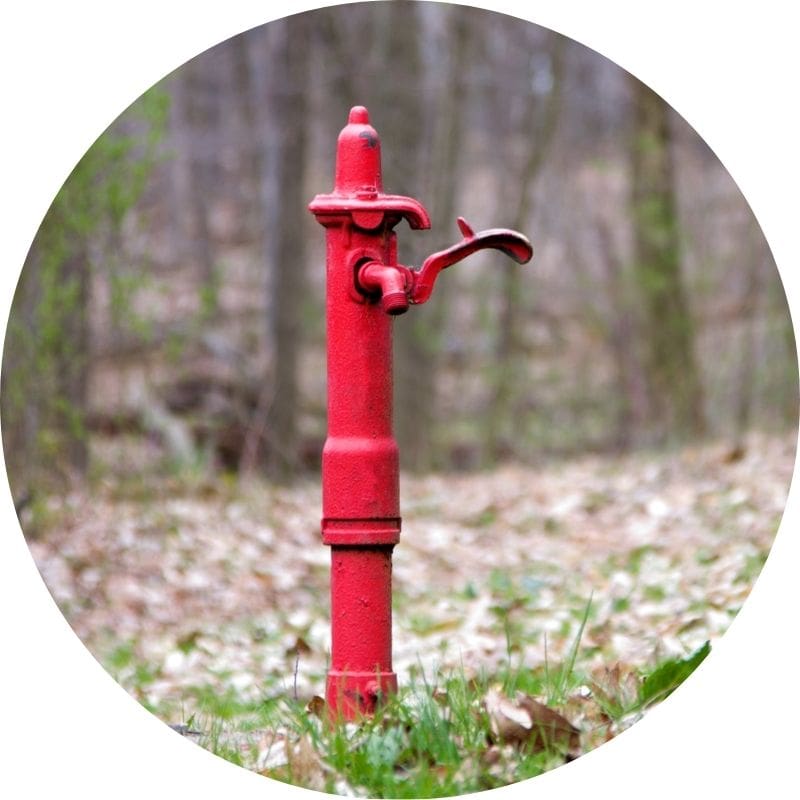

 Once your water has been tested and analyzed, and you’ve been presented with equipment options, it’s time to decide whether or not you will move forward with taking responsibility of the water quality in your home. This duty is no small matter—it can literally be the difference between
Once your water has been tested and analyzed, and you’ve been presented with equipment options, it’s time to decide whether or not you will move forward with taking responsibility of the water quality in your home. This duty is no small matter—it can literally be the difference between 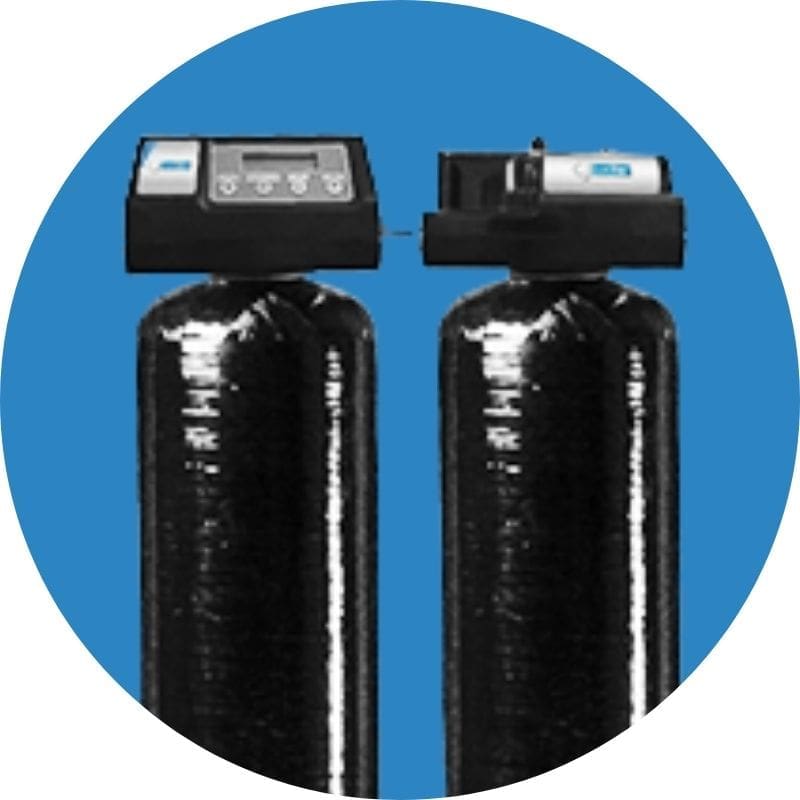
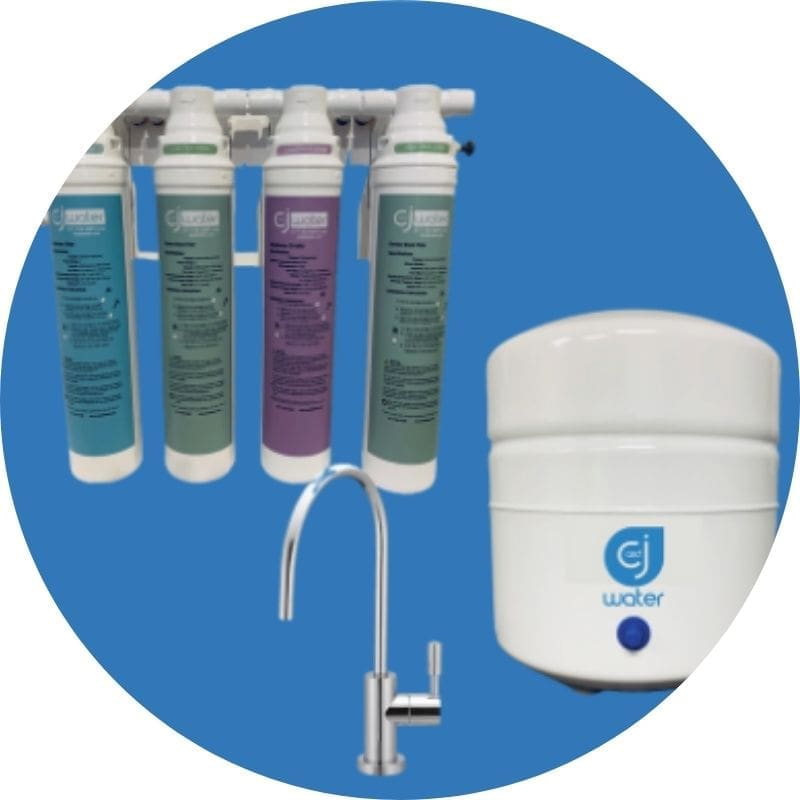
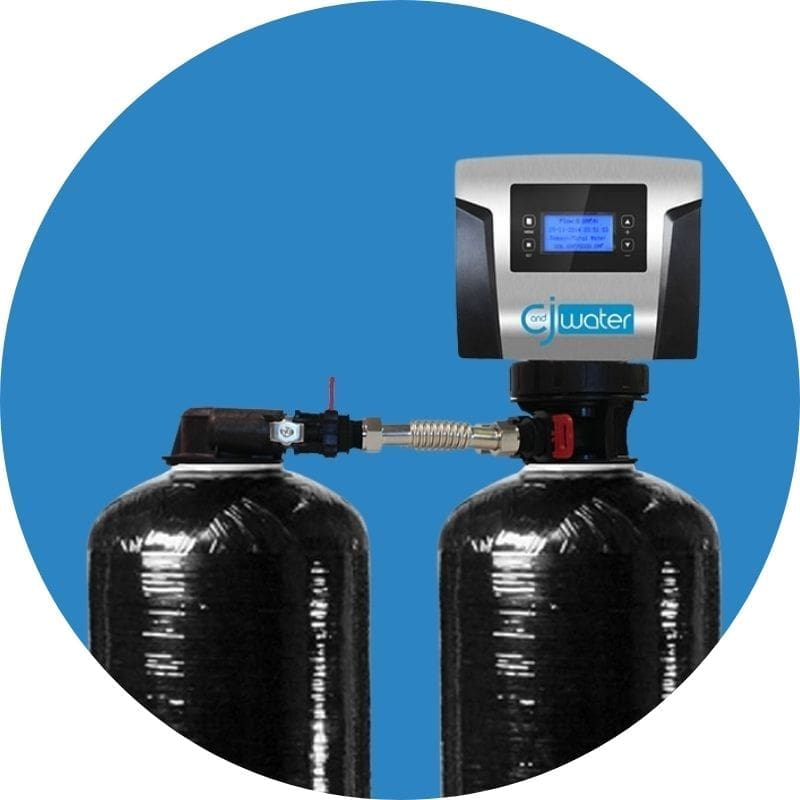
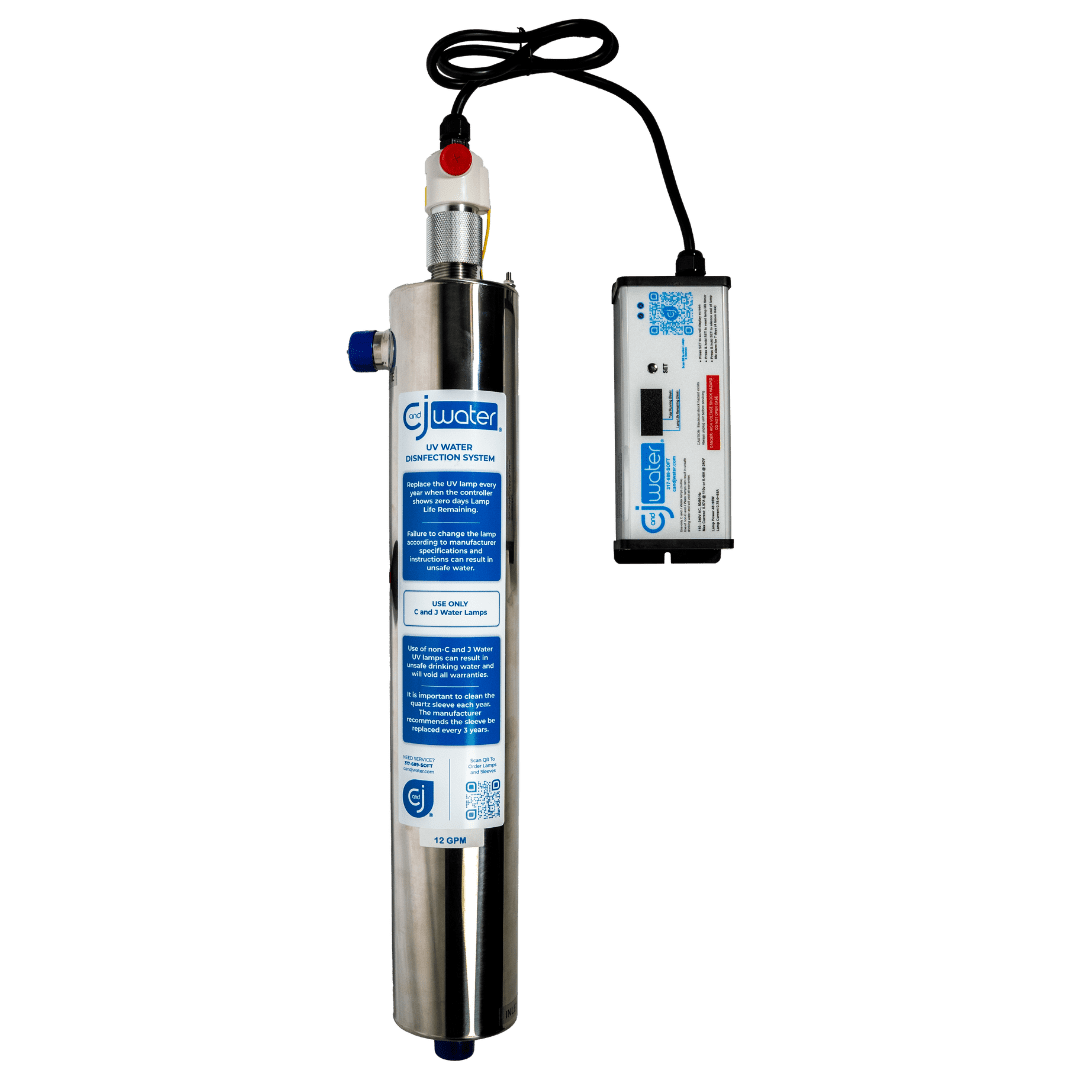
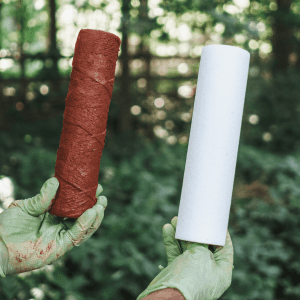 Water softeners regularly
Water softeners regularly 